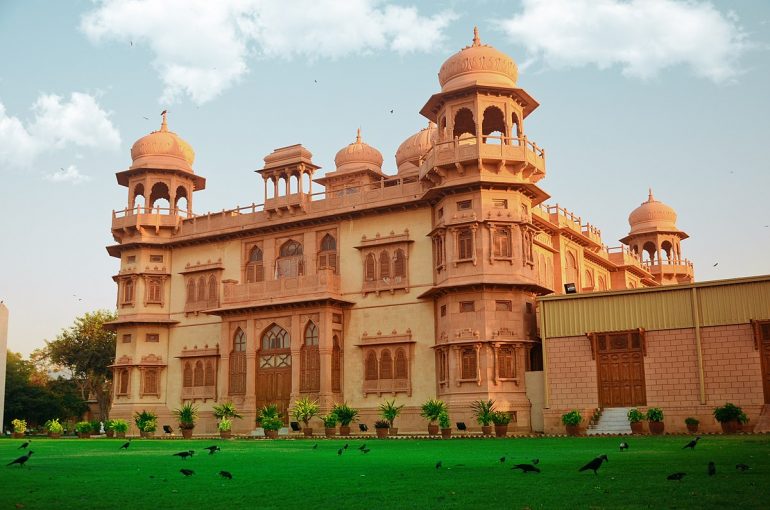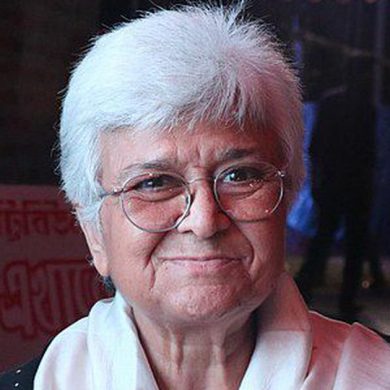The Sindh High Court ordered on Wednesday (13 October) that Qasr-e-Fatima, also known as Mohatta Palace, would be used to establish a medical and dental institute for women.
The ruling was issued in response to a long-running dispute over the late Fatima Jinnah’s heritage property in Clifton.
Justice Zulfiqar Ahmad Khan, while heading a single-judge bench of SHC, gave the ruling that both the plaintiffs and defendants agreed to an amicable resolution of the case and gave their agreement to build the medical and dentistry college.
Both parties recommended the names of certain retired judges, famous doctors, and relatives of late Miss Jinnah to be part of a trust to run the planned medical college; however, the subject was deferred till November 1st.
The fate of Mohatta Palace
Miss Jinnah’s moveable and immovable properties, including Qasr-e-Fatima, were the subject of a lawsuit filed in 1971 by Hussain Waliji, a relative of Miss Jinnah.
After the death of Mr. Waliji, his son Amir Ali was named as the plaintiff, however, he died during the case, and his legal heirs were added to the proceedings.
After Fatima Jinnah’s death on July 10, 1967, a succession certificate of such properties was awarded to Shireen Jinnah, Fatima Jinnah’s sole surviving sister. One of the defendants in the litigation was the Shireen Jinnah Charitable Trust.
The previous hearing included the attorneys for both sides which notified that subsequent parties are trying to resolve the long-held issue through the exchange of certain proposals.
A provincial law officer affirmed that both sides were now working to carry out late Miss Jinnah’s wishes, as expressed in the trust deed, which stated that the Qasr-e-Fatima premises would be used to establish a modern medical college exclusively for girls, as well as an attached hospital for free treatment of underprivileged persons/patients.
Following that, the bench directed the provincial law officer to review the court’s numerous rulings and file a statement outlining what support may be provided to achieve the goals of using the land in question in accordance with the wishes of its owners, Fatima and Shireen Jinnah.
Previously, a counsel had drawn the bench’s attention to a 1996 order by the SHC to find other assets left by Miss Jinnah that were allegedly handed over to the trustees through the declaration instrument, on which the official assignee filed a report in the same year listing certain personal properties of Quaid-i-Azam and Miss Jinnah.
One of the lawyers also referred to a 1993 order of the SHC in which it was ordered that the provincial government deposit a sum of Rs61,188,000 with the official assignee as a tentative sale price of Qasr-e-Fatima and asserted that the property was handed over to it for repair and maintenance only at the request of the Sindh government.
The lawyer went on to say that the provincial government had deposited a cheque for Rs61 million with the court nazir in 1994, promising to deposit the remainder of Rs188,000 within a week, but it had deposited the full amount in 1996. The nazir had purchased Defence Savings Certificates (DSC) and Special Savings Certificates (SSC) with this money, and they were still with him.
The nazir had informed the court that:
- The principal profit accrued on DSC was Rs608,500 till Nov 2, 2004.
- SSC was Rs399,959,500 till Jan 16, 2013.
He also claimed in a September 2015 report that the profit on the DSC for a ten-year period and the profit on the SSC for a two-and-a-half-year period was due.
In a prior judgment, the bench had allowed the plaintiff’s counsel’s request to refer to the property in official documents as Qasr-e-Fatima rather than Mohatta Palace.



